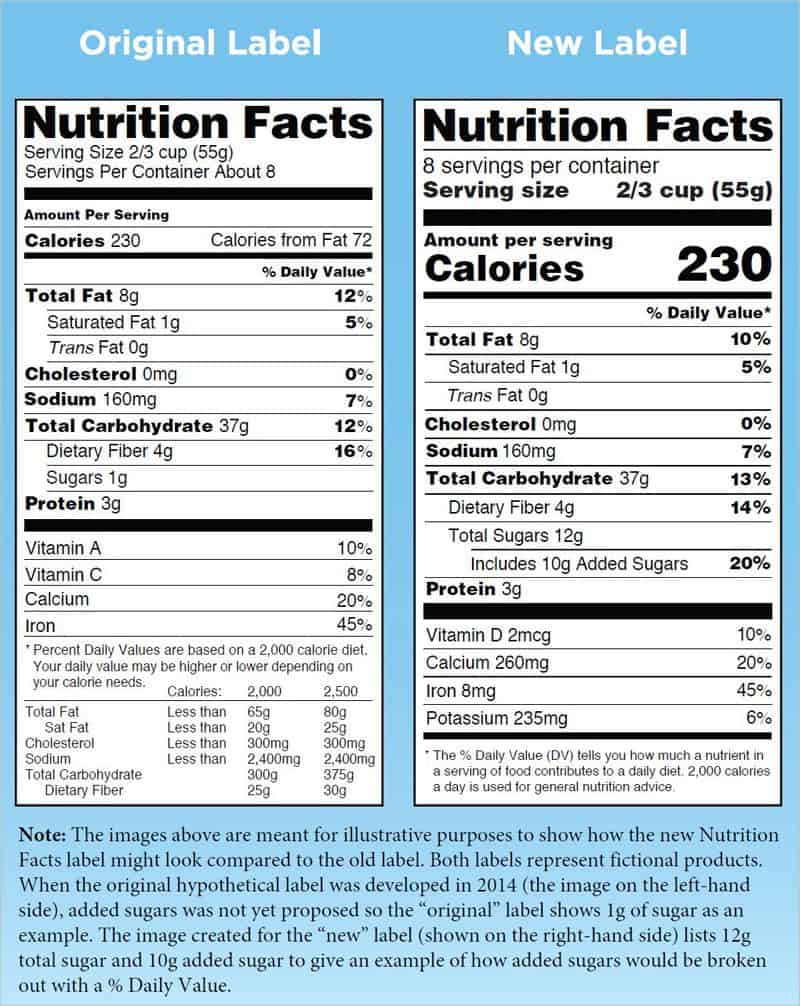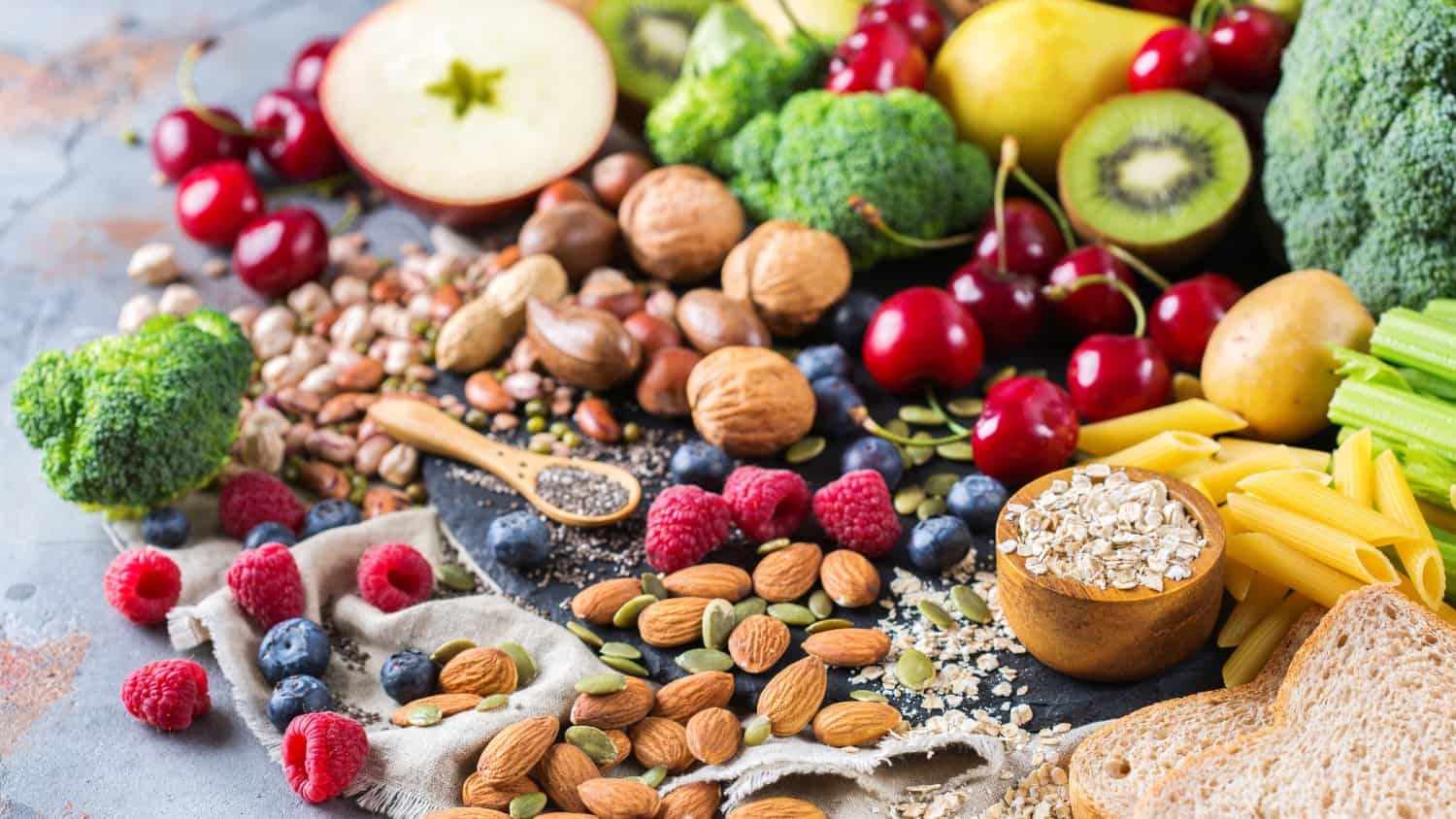
4 Things You Need to Know About the New Nutrition Facts Label
Finally, the FDA is catching up with reality. By mid-2018, all packaged foods will be required to contain the updated nutrition facts labels.
There are many changes, including larger type for calories, number of servings and serving size, as well as, a new category – added sugars.
Michelle Obama, who has focused her First Lady efforts on promoting healthier lifestyles, first proposed updating the label 2 years ago.
Packaged foods have listed key ingredients and other information on standardized nutrition labels since 1994 under a mandate from the Food and Drug Administration. The nutrition label has not been updated in more than 20 years, despite the change in food consumption patterns.
Serving size has substantially increased.For example, a single soda serving was previously calculated at 8 ounces and a single ice cream serving was ½ cup.
For the new label, those serving sizes have been reformulated to reflect what people are actually consuming – 12 ounces for soda and 2/3 cup for ice cream. These updated calculations increase both the per serving calorie count as well as the cost/serving.
Exploring the Most Prominent Changes to the Nutrition Facts Labels
A much larger type at the top of the label highlights calories, serving size and servings per package.
Source: FDA.gov
Let’s Talk About Sugar
The new label will show both total sugar and added sugar. Most food and beverage companies have opposed including information on added sugars, arguing that there is no chemical difference between naturally occurring sugars, such as those from fruit and milk and those that are added to foods.
The recently released 2015-2020 Dietary Guidelines for Americans recommend that no more than 10% of total daily calories should come from added sugars. That comes to about 50 grams of added sugar a day for a 2,000 calorie intake.
Scientific data shows that it is difficult to meet nutrient needs while staying within calorie limits if more than 10% of daily calories are from added sugar.
Currently, about 13% of daily calories in the average American diet are derived from added sugars in the form of beverages, including sodas, juices, sports drinks and alcohol. Other common sources are snacks and desserts.
Young children, teens and young adults consume the most added sugars. These consumption patterns have led to increased obesity, type 2 diabetes and dental decay. Type 2 diabetes used to be an adult disease, but an alarming number of children are becoming diabetic at early ages.
As I noted in Healthy Aging and Fat Consumption, this epidemic, in both adults and children, is the result of scientists blaming fat consumption for chronic diseases – and food makers adding sugars to packaged foods to enhance taste after decreasing their fat content. We now know that sugar and processed carbohydrate foods are the major culprits in increased risk for obesity, heart disease and type 2 diabetes.
The 10% upper limit recommendation of the 2015-2020 Dietary Guidelines are far higher than the American Heart Association’s of 24 grams for women and 36 grams for men. The World Health Organization (WHO) recommends a 5% limit.
What About Fat?
Calories from fat, listed on the current label next to the number of calories, will be removed on the new label.
The latest research has shown that the type of fat is more important than the amount. Eating healthy fats, such as omega-3s, is important for well-being.
“Total Fat,” “Saturated Fat,” and “Trans Fat” will remain on the new label.
Listed Nutrients
Based on the latest research, the list of nutrients that are required or permitted to be declared is being updated. Calcium and iron will continue to be required but not vitamins A and C, which have been shown not to be deficient in most Americans. Vitamin D and potassium are being added, reflecting population deficiencies.
Daily Values
The percent daily value (% DV) informs consumers as to how much a nutrient in a serving of food contributes to a daily 2,000 calorie diet.
Daily values for nutrients, such as sodium, dietary fiber and vitamin D, are being updated based on the latest scientific evidence used in the development of the 2015-2020 Dietary Guidelines.
What do you think of the new nutritional labels? Are they easier or harder to understand? Are there other nutritional facts that you think they should highlight better? Please join the conversation.
Tags Healthy Eating







